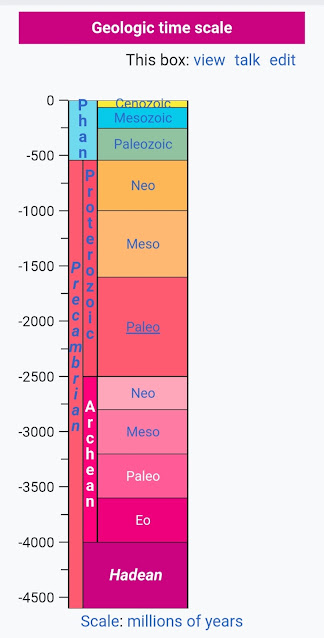Researchers from Cologne University present important new constraints showing that plate tectonics started relatively slowly, although the early earth's interior was much hotter.
For this research, reported in the January 12, 2021 Proceedings of National Academy of Sciences, geologists and geophysicists led by Dr. Jonas Tusch investigated up to 3.5 billion year old igneous rocks from northwest Australia that cover 800 million years of earth's early history.
The analysis of these rock successions reveals that the oldest samples exhibit small anomalies in the isotope abundances of the element tungsten (W) that progressively diminish with time.
The origin of these anomalies, namely the relative abundance of 182W, relates to ancient heterogeneities in the terrestrial mantle that must have formed immediately after formation of the earth more than 4.5 billion years ago. The novel tool of high-precision 182W isotope measurements to rocks from the Pilbara Craton in Australia, that span an age range from 3.5 billion years to 2.7 billion years, was used in this study.
The preservation of these 182W anomalies in the igneous rocks from northwest Australia demonstrate that pristine mantle reservoirs from the beginning of our planet were conserved over timescales exceeding more than one billion years during the Hadean time period.
This finding is very surprising, because higher mantle temperatures in the early earth suggest that mantle convection was more extensive and much faster than today. Interestingly, the observed 182W anomalies start to diminish at around 3 billion years ago, within a geological era that is assumed to mark the beginning of modern plate tectonics.
 |
The onset of modern plate tectonics, involving subduction processes and mountain uplift, has been shown to be a key event triggering the emergence of large continental masses and an oxygen-rich atmosphere, all of which set the stage for the origin of more complex life. This artist conception of earth during the Hadean time period (which predates "modern" plate tectonics).
Here's to our oxygen-rich atmosphere of 2021. Breathe deep and sense those plates moving!
Steph [aka WW (Tungsten Tungsten;-))]





